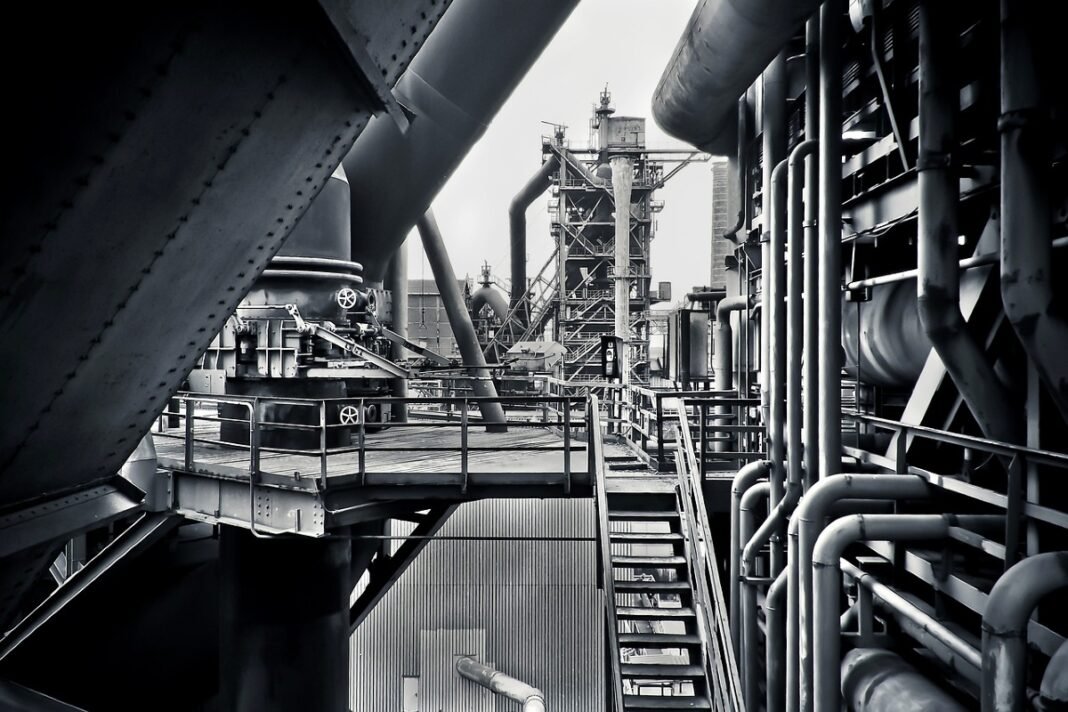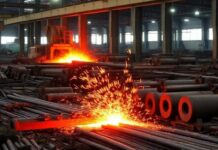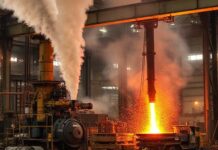The year 2023 witnessed a positive surge in global stainless steel production, with an increase of 4.6% compared to the previous year, according to the Brussels-based Worldstainless trade group. This translates to a total output of 58.4 million metric tons. However, a closer look reveals a tale of two worlds within this seemingly positive trend.
China solidified its position as the undisputed leader in stainless steel production, accounting for a staggering 63% of the global market share in 2023. Their production of over 36.6 million metric tons marked an impressive 12.6% year-on-year growth, defying expectations even amidst an overall economic slowdown in the country. This dominance can likely be attributed to China’s continued reliance on nickel pig iron and other materials derived from mined nickel ore, potentially offering more stability in raw material acquisition compared to regions heavily dependent on scrap metal.
In stark contrast to China’s success, other regions experienced a decline in stainless steel production compared to 2022. The United States, for instance, witnessed a significant drop of 9.6%, producing only 1.82 million metric tons, which represents a mere 3.1% of the global market share. Similarly, Europe saw a decrease of 6.2%. This decline extended beyond these major players. The “Others” category, encompassing countries like Brazil, Indonesia, Russia, South Africa, and South Korea, also reported a 5.2% drop in output. Additionally, the “Asia without China and South Korea” region, likely including India and Japan, experienced a substantial 7.2% decrease.
The contrasting performance between China and other regions highlights the potential influence of raw material choices. While Europe and the US primarily rely on scrap metal as feedstock, China continues to heavily depend on mined nickel ore. This difference suggests a vulnerability in regions dependent on scrap metal, which might be more susceptible to fluctuations in supply and cost.
The global stainless steel production landscape in 2023 presented a mixed picture. China’s dominance continued and even flourished, while other regions struggled. The contrasting production trends across the globe underscore the critical role of raw material selection in a nation’s ability to navigate economic challenges and maintain its standing in the stainless steel market.





